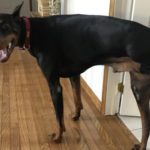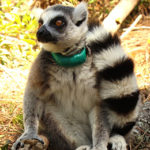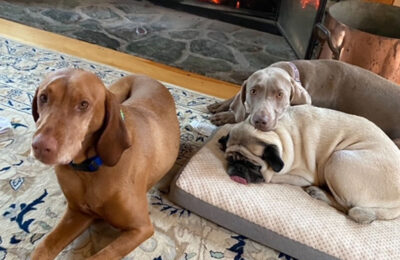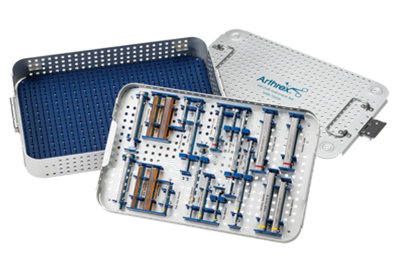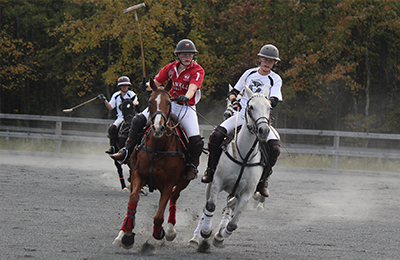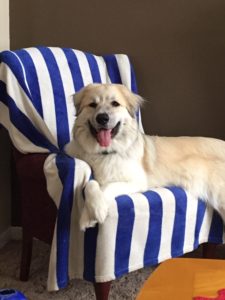 With the help of a talented veterinarian and a few Arthrex Vet Systems products, a young Great Pyrenees and border collie mix named Laney went from hardly being able to walk to running like she had never been hurt. “Laney’s case is pretty amazing,” said PJ Rocheleau, DVM, CCRT, owner of Espanola Animal Hospital in Ontario, Canada.
With the help of a talented veterinarian and a few Arthrex Vet Systems products, a young Great Pyrenees and border collie mix named Laney went from hardly being able to walk to running like she had never been hurt. “Laney’s case is pretty amazing,” said PJ Rocheleau, DVM, CCRT, owner of Espanola Animal Hospital in Ontario, Canada.
Just before Laney turned one, she was playing at the dog park when she took a bad fall. Her guardians noticed her limping right away, and when it continued after they went home, they sought help.
“We saw a local veterinarian and he kind of brushed it off,” said Anita Lavallie, Laney’s guardian. “He said Laney was just a little lame, but we knew she was really hurt.”
Anita and her husband Alan discovered that Espanola Animal Hospital was just half an hour away and made an appointment to see Dr. Rocheleau for a second opinion. During Laney’s diagnostic appointment, Dr. Rocheleau used the SynergyUHD4™ imaging platform with a 2.7 mm scope to confirm that Laney had torn the rotator cuff in her right shoulder.
Rotator cuff repair surgery on a canine using current techniques can be a highly invasive procedure and may take hours to execute. This operation can be challenging to even the most skilled veterinary surgeons; however, Dr. Rocheleau and team members have spent the past few years developing an innovative approach using the TightRope® fixation system.
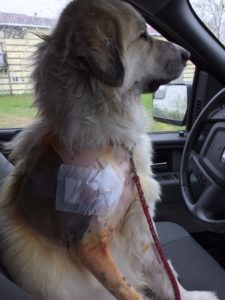 “We were working in the ArthroLab™ in Munich a few years ago trying to figure out how to optimize this long and difficult procedure when I suggested using the intra-articular aiming device developed for arthroscopic repair of a dislocated hip in the shoulder,” said Dr. Rocheleau.
“We were working in the ArthroLab™ in Munich a few years ago trying to figure out how to optimize this long and difficult procedure when I suggested using the intra-articular aiming device developed for arthroscopic repair of a dislocated hip in the shoulder,” said Dr. Rocheleau.
The TightRope fixation system used in this procedure is designed specifically for ligament repair and provides a method for consistent isometric implant placement. The system’s low profile offers a minimally invasive approach to the procedure and optimizes the lateral suture stabilization technique by employing bone-to-bone fixation, providing implant strength.
“We’ve done several of these cases now with spectacular results,” said Dr. Rocheleau. “The operating time is down from several hours to, in some cases, just 15 minutes, and it’s actually a fun procedure rather than a daunting operation.”
Laney’s guardians were thrilled with the postoperative results, saying that she was in and out of the operating room in half an hour and was able to walk out of the veterinary hospital the next morning.
“You’d never know she was even hurt,” said Anita. “She doesn’t favor one leg at all and she was trying to run right away. We had to stop her so she could fully heal, but she felt great! We call her Crazy Laney.”
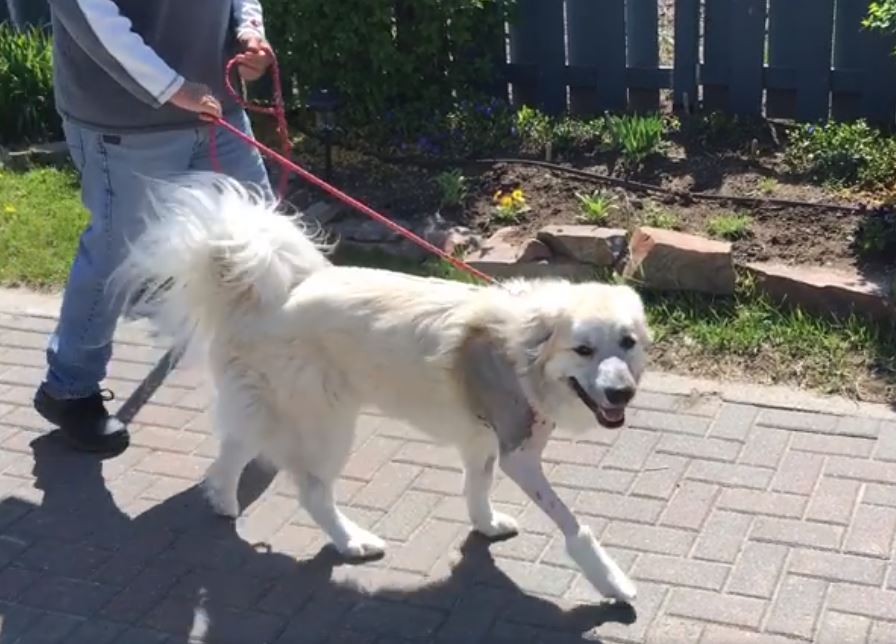
Just days after surgery, Laney was walking better than she had in weeks. Anita and Alan shared this video of Laney running and playing fetch with the Espanola team just four months after her surgery.
“We are so grateful that [Espanola Animal Hospital] treated our girl with such compassion,” said Anita. “We thank you from the bottom of our hearts.”
Dr. Rocheleau and the Espanola Veterinary Hospital team have presented the preliminary findings from their research at a number of orthopedic conferences over the past year. They feel this technique will make it much easier to safely and effectively treat dogs who suffer rotator cuff injuries.
Visit ArthrexVetSystems.com or ArthrexVetSystemsBlog.com to learn more about how our innovative products are Helping Veterinarians Treat Their Patients Better™.

